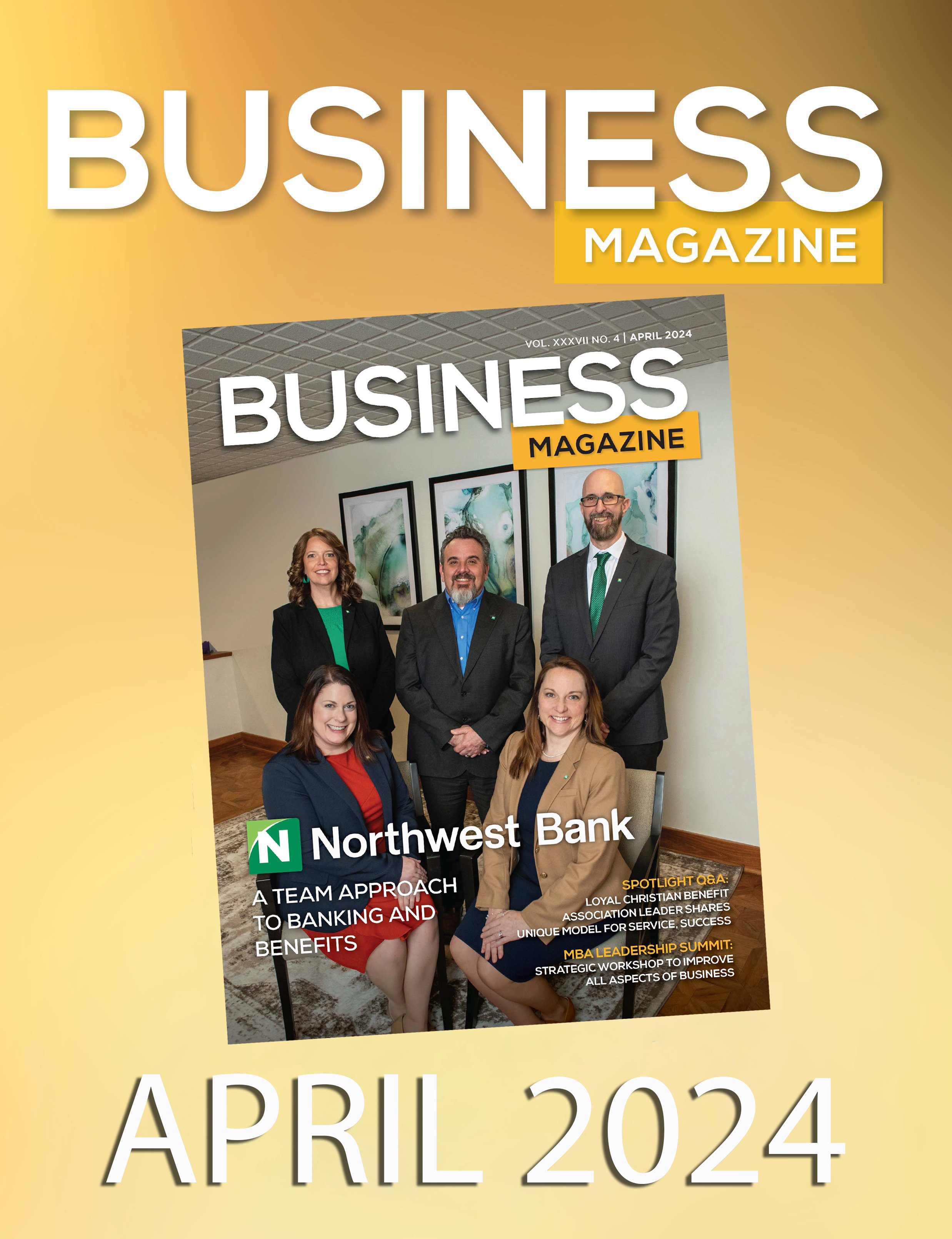Career ladders are an organizational process that outlines potential job progression at an organization. As employees demonstrate their abilities, they can move up the career ladder, with each metaphorical “rung” providing greater responsibilities and opportunities.
Career ladders can provide clarity regarding the requisite skills employees need to advance at their organization and the increased job responsibilities that come with a title change. Depending on the organization’s type of career ladder, it may formally list the eligibility criteria for successive positions and salary raises, such as requisite skills, knowledge and responsibilities.
Career ladders can also provide several additional benefits. They can:
- Promote a Workplace with a Learning Culture.
- Encourage mentoring.
- Increase internal efficiency.
- Facilitate the development of employee training systems.
- Boost morale.
An organization that is dedicated to creating an authentic workplace learning culture may consider the following ways to promote learning:
- Personalize learning opportunities. Employers may offer personalized learning plans to help guide employees on their journey and ensure learning efforts are relevant.
- Support risk-taking. In a learning culture, employers are more likely to tolerate and perhaps even encourage mistakes — if they support learning and growth and are managed appropriately. These cultures support pushing employees while identifying which objectives do not allow for error.
- Leverage technology. An employer may incorporate various technologies, such as e-learning, online coaching and learning management systems to help you learn and develop. These technologies can facilitate and support continuous learning while improving access to learning opportunities.
WHAT ARE SOME EXAMPLES OF CAREER LADDERS?
Career ladders are extremely useful tools for employers to help their employees advance in their careers. Some of the most common examples include:
- Predefined —This career ladder defines a clear set of requirements employees must meet to advance to a higher position. Predefined career ladders generally contain two or three levels within a job family. For example, the employer may list positions in numerical order, such as “Writer I,” “Writer II” and “Writer III.”
- In-range — Employers may use an in-range career ladder if they don’t have established job classifications. If this is the case, an employer will review promotions case by case to determine if an employee is ready for advancement.
- Individualized — Employers may use individualized career ladders to promote employees to positions in separate job classifications. These career ladders are generally used for high-ranking positions, such as managers and directors, and are commonly discussed case by case. With this type of career ladder, opportunities aren’t identical for every employee in the same job classification.
HAVE AN HR QUESTION? THE MBA CAN HELP!
The MBA knows that urgent employment issues can arise at a moment’s notice. Members can call our certified HR specialists and labor and employment law attorneys anytime, at no charge for counsel on a broad range of workplace-related issues including:
- Hiring and firing practices
- Company policies
- Compensation and benefits
- Employment law
- Employment agreements
- Workers’ compensation
- Affirmative Action Plans
- Unemployment compensation claims
- Employee handbook policies
- OSHA compliance
- Sexual harassment
- Family Medical Leave Act
- COBRA
- Americans with Disabilities Act
Kim Figurski is an HR consultant and trainer at the Manufacturer & Business Association. Contact her at 814/833-3200, 800/815-2660 or kfigurski@mbausa.org.














